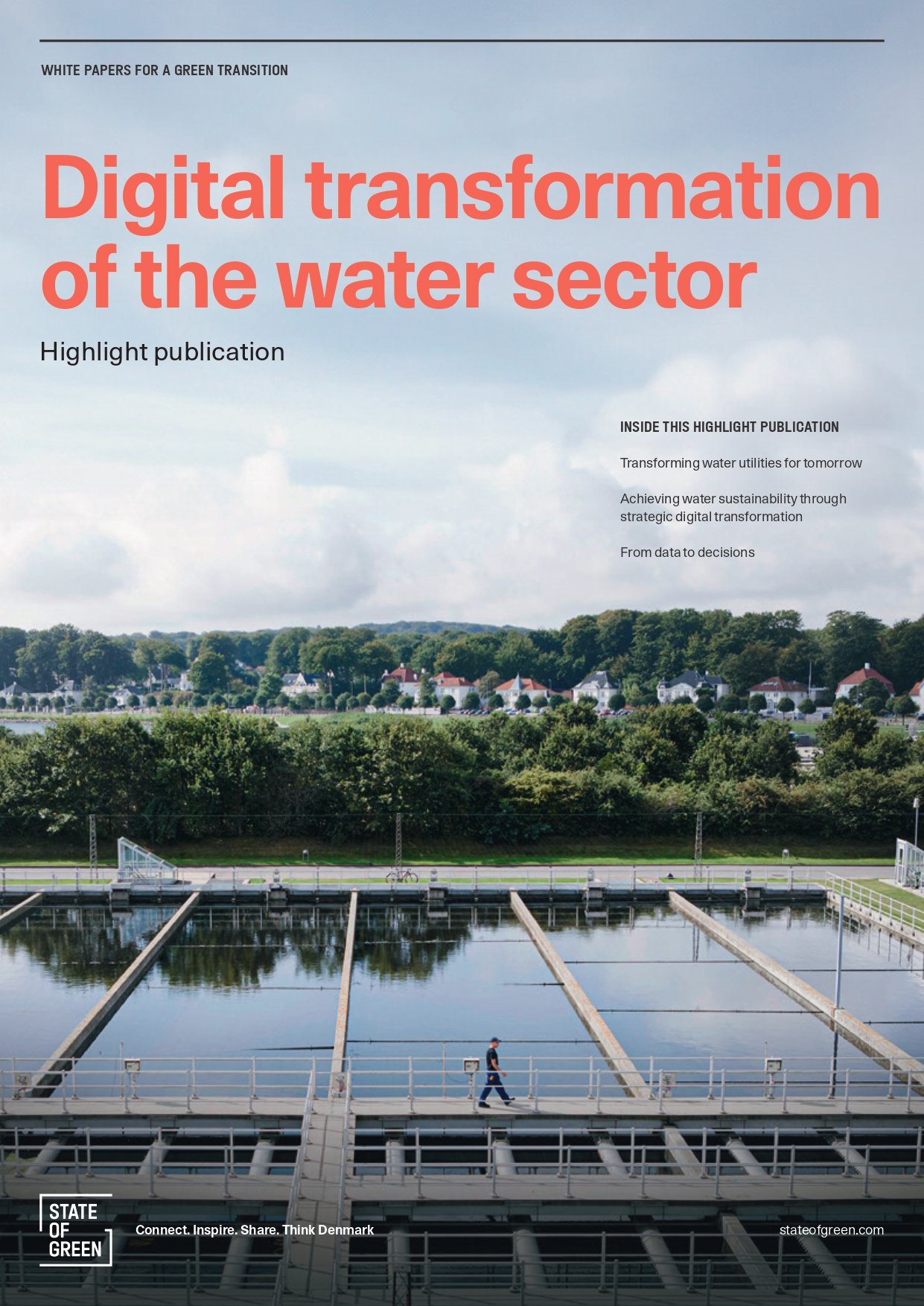News
Wastewater management
Water supply
Heat exchanger monitoring and protection

Fluorescence oil in water measurement technology uses ultraviolet and near ultraviolet light to cause the chemicals in various oils, fuels and heat transfer fluids to fluoresce.
Fluorescence is the emission of light energy from molecules that are excited by the UV light. Fluorescence is a well known and understood measurement technology that is specific
to oils and fuels or specific dyes and immune to interference from non-fluorescing material such as suspended solids. This allows very low detection limits in the very low parts per billion (ppb) range which
means the earliest detection of hydrocarbon leaks into cooling water and steam systems. Early detection means less processor environmental damage. Fluorescence detects crude oil, fuel oil, lubricating oil, diesel, gasoline, heat transfer fluids, phenol, styrene, and BTEX and more. Other oil in water measurement technologies include UV absorption and light scatter. Both can be viable for clean water and for hydrocarbon detection in the range above 1ppm. However, suspended solids including iron, scale, bacterial and silt can cause false positive readings especially in the low oil concentration ranges.
Neither technology has the sensitivity of fluorescence for early warning of leaks at low parts per billion. Fluorescence is as much as 100 – 1000 times more sensitive to oil. For Operations, this means very early detection of leaks before they become a problem and the difference between planned maintenance versus immediate shut down of a process. Historically, the appeal of the lesser technologies has been low cost with normal instrument prices less than half the cost of typical fluorescence instruments. However, with the advent of new UV light sources and detector technology, fluorescence has met the price challenge putting highly reliable fluorescence instruments in the same price range. Heat transfer system operators can now take advantage of the earliest warning capabilities at an affordable price.
Continuous monitoring provides peace of mind over periodic sampling or visual indicators, can assist in failure analysis and maintenance prediction and in open loop systems, provides environmental
discharge prevention and proof of compliance. Intake of river or lake cooling water is monitored to provide evidence of incoming pollution. Intake monitoring can also protect the water treatment and
conditioning system from oil spills which could cause extensive fouling of filters and advanced treatment systems. Because fluorescence has higher sensitivity to leaks, in systems with multiple heat exchangers, a single oil in water monitor can be installed at a common header with grab sample points installed at each heat exchanger. When oil is sensed, samples can be pulled from each heat exchanger and poured or injected into the monitor with the highest reading indicating the leaking exchanger saving many hours of testing. In open air cooling water applications, fluorescence oil in water monitors can protect the environment by detecting hydrocarbons that could evaporate into the air and / or cause bacterial growth in the cooling tower thus leading to higher chemical usage. With reliable, low cost high sensitivity fluorescence monitoring instruments available for steam condensate and cooling water, Operations can rest easy knowing their processes and any discharge to the environment is protected.















